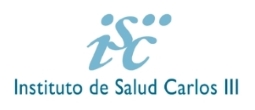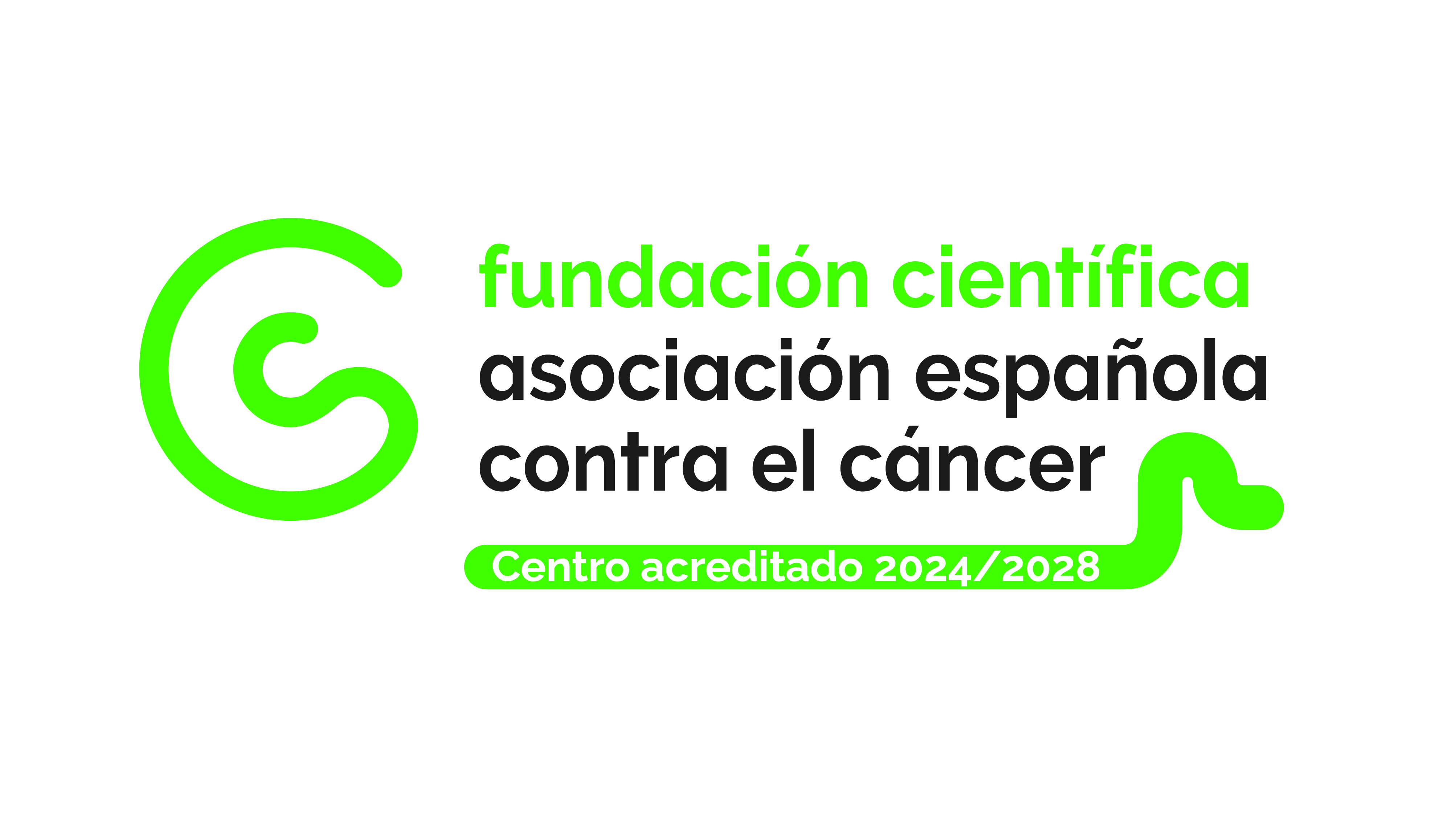Cód. SSPA: IBiS-B-05
Principal Investigator: Alberto Pascual
IPs Projects:
Alberto Pascual:
We investigate the role of non-neuronal cells in brain physiology and pathology. Our recent studies focus on the activity of microglia and endothelial cells, having described the relevant role of hypoxia and angiogenesis signaling pathways in the pathology of Alzheimer's disease (AD). In particular, we have described a new mechanism by which blood vessels are altered during the course of the disease, causing hypoxia and nutrient stress in microglial cells. The description of vascular scars –VaS– represents a new histopathological finding in AD models and open a new vascular hypothesis that could contribute to disease progression, the non-productive angiogenesis.
Research lines:
1. Role of carbohydrate metabolism and mitochondria in microglia during health and disease1–3.
2. Non-productive angiogenesis in AD4.
Selected Publications:
1. Mora-Romero, B., Capelo-Carrasco, N., Pérez-Moreno, J.J., Alvarez-Vergara, M.I., Trujillo-Estrada, L., Romero-Molina, C., Martinez-Marquez, E., Morano-Catalan, N., Vizuete, M., Lopez-Barneo, J., et al. (2024). Microglia mitochondrial complex I deficiency during development induces glial dysfunction and early lethality. Nat Metab 6, 1479–1491. https://doi.org/10.1038/s42255-024-01081-0.
2. March-Diaz, R., Lara-Ureña, N., Romero-Molina, C., Heras-Garvin, A., Ortega-de San Luis, C., Alvarez-Vergara, M.I., Sanchez-Garcia, M.A., Sanchez-Mejias, E., Davila, J.C., Rosales-Nieves, A.E., et al. (2021). Hypoxia compromises the mitochondrial metabolism of Alzheimer’s disease microglia via HIF1. Nat Aging 1, 385–399. https://doi.org/10.1038/s43587-021-00054-2.
3. Sanchez-Garcia, M.A., Lara-Urena, N., March-Diaz, R., Ortega-de San Luis, C., Quiñones-Cañete, S., Cabello-Rivera, D., Muñoz-Cabello, A.M., Mora-Romero, B., Romero-Molina, C., Heras-Garvin, A., et al. The PHD3-FOXO3 axis modulates the interferon type I response in Alzheimer’s disease microglia. bioRxiv.
4. Alvarez-Vergara, M.I., Rosales-Nieves, A.E., March-Diaz, R., Rodriguez-Perinan, G., Lara-Ureña, N., Ortega-de San Luis, C., Sanchez-Garcia, M.A., Martin-Bornez, M., Gómez-Gálvez, P., Vicente-Munuera, P., et al. (2021). Non-productive angiogenesis disassembles Aß plaque-associated blood vessels. Nat Commun 12, 3098. https://doi.org/10.1038/s41467-021-23337-z.
David Macías:
In the SENOXIA research group, we study how cells and organisms adapt and respond to oxygen deficiency (hypoxia) in both physiological and pathological conditions.
Our recent studies have demonstrated a fundamental role for the hypoxia signaling pathway in the development and function of the carotid body (a peripheral chemoreceptor that triggers respiratory reflexes in response to acute hypoxia) and the sympathoadrenal system. Currently, we are investigating the mechanisms that regulate carotid body vascularization and its involvement in systemic responses to hypoxia. Furthermore, we have described that an HIF-2alpha inhibitor (approved for clinical use) offers protection and even reverses pulmonary hypertension in animal models.
Recently, we have initiated a research line to study the involvement of the hypoxia signaling pathway on senescent cells that accumulate in age-related diseases, with particular interest in cancer (lung and pancreas) and pulmonary fibrosis.
Finally, and in collaboration with the laboratory of Dr. Alberto Pascual, we are interested in the relationship between carbohydrate metabolism and microglia function in both basal conditions and in models of frontotemporal dementia.
Research Lines:
1. Role of VEGF in carotid body vascularization.
2. Regulation of the senescent secretome by hypoxia in aging-related diseases.
3. Microglia metabolism and function.
4. Hypoxia signaling pathway and autonomic nervous system function.
Diego García-González
Neurogenesis and Neurodevelopmental Disorders
Our lab is dedicated to one of the most fundamental and fascinating questions in neurodevelopment: how neurogenesis generates the vast cellular diversity of the central nervous system. We investigate the molecular and cellular mechanisms underlying neural stem cell proliferation, differentiation, migration, and maturation—key processes that shape the brain’s architecture and function.
We are particularly interested in understanding how subtle deviations in these processes, occurring during critical developmental windows, can lead to long-lasting alterations in neural circuits. These disruptions are increasingly linked to psychiatric disorders such as autism, schizophrenia, and epilepsy. By using comparative neuroanatomy, single-cell transcriptomics, optogenetics, and advanced imaging techniques, we aim to uncover how neural circuits are shaped in both health and disease.
Based at the Instituto de Biomedicina de Sevilla (IBiS) – CSIC, we actively collaborate with leading international researchers. Our ultimate goal is to decipher the cellular logic of brain development, providing insights that could pave the way for new therapeutic strategies for neurodevelopmental and psychiatric disorders. Through cutting-edge experimental approaches and interdisciplinary collaborations, we work to unravel the complexity of the brain.
Diego García-González (e-mail: dgg@csic.es)
Selected Publications:
2022 Batiuk M et al. Upper cortical layer-driven network impairment in schizophrenia. Sci Advances. DOI: 10.1126/sciadv.abn8367.
2021 García-González D et al. Neurogenesis of medium spiny neurons in the nucleus accumbens continues into adulthood and is enhanced by pathological pain. Mol Psychiatry. DOI: 10.1038/s41380-020-0823-4.
2020 Vasistha N et al. Maternal inflammation has a profound effect on cortical interneuron development in a stage and subtype-specific manner. Mol Psychiatry. DOI: 10.1038/s41380-019-0539-5.
2019 Matsumoto M et al. Dynamic changes in ultrastructure of the primary cilium in migrating neuroblasts in the postnatal brain. J Neurosci. DOI: 10.1523/JNEUROSCI.1503-19.2019.
2017 García-González D et al. Serotonergic projections govern postnatal neuroblast migration. Neuron. DOI: 10.1016/j.neuron.2017.04.013.















